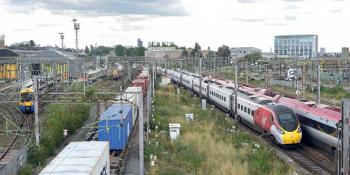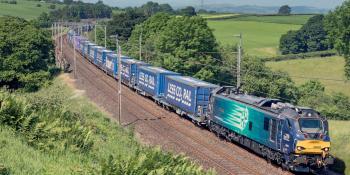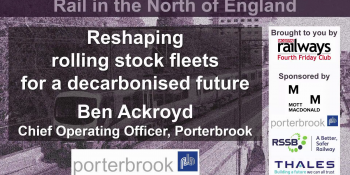Undertaking some early quick win schemes and then adopting a corridor approach to wiring would permit decarbonisation of most rail freight operations, suggests
Much has happened since the publication three years ago of a freight electrification strategy (‘Charting an Electric Freight Future’, April 2018 issue). Decarbonisation has become a top priority, with the UK adopting a legal obligation to achieve net zero by 2050. With other sectors of the economy making rapid progress in this regard, the proportion of carbon generated by transport is rising rapidly. Over one-quarter (28%) of all UK carbon now comes from transport, and in some regions it is at or close to half of all carbon – 41% in Eastern England and 50% in England’s Economic Heartland (the Swindon/Oxford–Cambridge/Peterborough arc).
Within transport, electric cars and vans are an everyday reality, light trucks are on trial and medium-sized HGVs powered by battery will be with us within a year or so. The latter will carry around 15 tonnes and have a range of about 100 miles – ideal for local and regional delivery of consumer goods. Heavier loads of bulk materials over shorter distances, say 50 miles, should be possible.
What is not remotely i…




